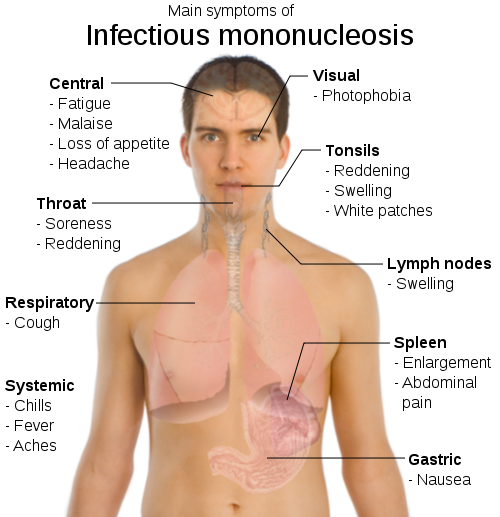
Question 1.
Intermuscluar injections are often given in the gluteal region but not just anywhere in the gluteal region. In order to avoid the sciatic nerve and larger gluteal blood vessels, the nurse will put the needle about 2 inches below the iliac crest in the upper outer quadrant of the gluteal region. which muscle is the needle most likely to hit?
a piriformis
b hamstring group
c quadricep group
d gluteus medius
e gluteus maximus
Question 2.
If someone had a new genetic disease that prevented the formation of ependymal cells specifically, which of the following would be true of someone who has this disease?
a no myelination in the PNS
b no myelination in the CNS
c chronic infections in the brain
d less than normal levels of CSF
e lack of a blood – brain barrier
Question 3.
When someone gets lumbar epidural anesthesia, where does the physician put the needle?
a deep to the pia mater
b deep to the arachnoid mater
c deep to the dura mater
d in the subarachnoid space
e superficial to the dura mater
Question 4.
If someone fractured their L5 vertebae, does that mean they also damaged their spinal cord?
a yes
b no
Question 5.
If someone had food poisoning from botulism toxin, what type of symptoms might they exhibit?
a muscle spasms
b "lockjaw"
c difficulty breathing due to spasms in the respiratory muscles
d droopy eyelid
e spasming facial muscles
Question 6.
Which of the following is innervated by a somatic efferent neuron?
a smooth muscle around the stomach
b cardiac muscle
c pain receptor in skin
d touch receptor in skin
e hamstring muscle
Question 7.
All dendrites and axons in the PNS are myelinated.
a true
b False
Question 8.
In the brain, white matter is composed of nerve fibers that are myelinated by oligodendrocytes. In the spinal cord, white matter is composed of nerve fibers that are myelinated by Schwann cells.
a true
b False
Question 9.
A woman was stabbed in her back and the knife damaged one of her posterior (dorsal) rami on the right side of her body. which of the following is a result of her injury?
a flaccid paralysis of some of her back muscles
b numbness in a small area of her back
c spastic paralysis of some of her back muscles
d flaccid paralysis of some of her back muscles and numbness in a small area of her back
e spastic paralysis of some of her back muscles and numbness in a small area of her back
Question 10.
A man has a brain tumor in his right primary motor cortex which specifically damages the upper motor neurons of the lateral corticospinal tract. which of the following is TRUE?
a he will have spastic paralysis on the right side of his body
b he will have flaccid paralysis on the right side of his body
c he will have spastic paralysis on the left side of his body
d he will have flaccid paralysis on the left side of his body
e he will have no pain sensation from the left side of his body
1…gluteus maximus…why …it has a lot of mass …..lots of surface area.. which is important in intermuscular injection…other likable choice is the deltoid or your vastus lateralis…this doesnt pose any major risk in terms of nerve damage …you only have cutaneus supply with vastus lateralis
….you cannot hit the piriformis muscle …..the sciatic nerve travels below the priformis muscle …when u sit too long …you get wht is called sciatica which is when the piriformis muscle compress the sciatic nerve….also know as pain in the buttocks
2 d…ependymal cells produce CSF
3 d…my guess..we only use spidural anesthesia in the sacral hiatus …..a little confuse with the wording ….spinal tap is wht you do in the lumbar region …in the region of L4/L5
4b no….spinal cord ends at L2 in adult and L3 in kids …which is why spinal tap is done btw the region of L4/L5…conus medullaris is the termination of spinal cord which is at L2
5 the major effect will be a …it affects your neuromuscular junction primarily …also it is important to realize it is a complete blockage…so respiratory problems is also a likable choice ……people with botulism poison will suffer respiratory arrest leading to death
6 e..motor ….musle is primarily more motor
7 a…which is wht schwann cell is for
8 b…..oligo is for the CNS( brain and spinal cord)….PNS is scwann
9 d
10c